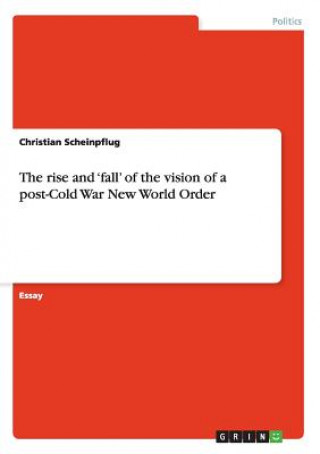
Kód: 02494201
rise and 'fall' of the vision of a post-Cold War New World Order
Autor Christian Scheinpflug
Essay from the year 2013 in the subject Politics - International Politics - Topic: Globalization, Political Economics, grade: 2,0, University of Leicester (Department of Politics and International Relations), language: English, ab ... celý popis
- Jazyk:
 Angličtina
Angličtina - Väzba: Brožovaná
- Počet strán: 24
Nakladateľ: Grin Publishing, 2014
- Viac informácií o knihe

Mohlo by sa vám tiež páčiť
-
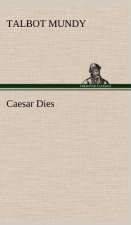
Caesar Dies
46.15 € -

Mustafa Kemal Ataturk
49.66 € -

Coming Home
27.44 € -
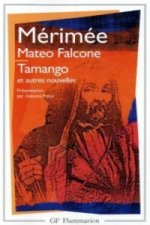
Mateo Falcone
8.94 € -

Geschichte der Rechtsregelung des tschechischen Versicherungswesens
79.83 € -

Spanilá jízda a jiné krásné prózy
5.52 € -6 % -
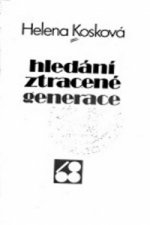
Hledání ztracené generace
2.60 € -6 %
Darujte túto knihu ešte dnes
- Objednajte knihu a vyberte Zaslať ako darček.
- Obratom obdržíte darovací poukaz na knihu, ktorý môžete ihneď odovzdať obdarovanému.
- Knihu zašleme na adresu obdarovaného, o nič sa nestaráte.
Viac informácií o knihe rise and 'fall' of the vision of a post-Cold War New World Order
Nákupom získate 103 bodov
 Anotácia knihy
Anotácia knihy
Essay from the year 2013 in the subject Politics - International Politics - Topic: Globalization, Political Economics, grade: 2,0, University of Leicester (Department of Politics and International Relations), language: English, abstract: On September 11, 1991, George H. W. Bush outlined the main tenets of a so-called New World Order (NWO) (Bush Sr. 1991). He did this shortly before Operation Desert Storm commenced. After 40 years of Cold War and with Communism in its last convulsions the idea of a different, more peaceful, world, without the constant threat of nuclear holocaust or material scarcity, held much sway in international politics. §In order to properly account for the rise of such a vision, this essay uses the frames of vindicationism , developed by Jonathan Monten (2005) and passive revolution , developed by Antonio Gramsci. Two parts guide the discussion: 1) Rise and Manifestation ; and 2) Opposition and Entrenchment . Subsections about the theoretical and cultural heritage of the NWO, as well as its introduction into the material world further point the way. It will emerge that the NWO is a US driven global initiative, based on cultural perception and logic of market expansion. With the help of the Chilean coup d état in 1973, the concepts will be applied to a real world example and show how theory becomes practice. Chile 1973 was a key event that fostered the rise of a vision of New World Order, for it marked the beginning of applying theoretical concepts, developed especially by Chicago School economics, into the physical world. Those concepts thus still mark capitalist modernity. This section also paves the way for Part II. Contrary to observers who view power and the world in militaristic terms, this section argues that a vision of New World Order never fell. To underline this claim, examples such as al-Qaeda s 9/11 attacks and China s economic development are evaluated. During this exercise, it emerges that although both actors are seen as challenges to the US-centred world order, they are actually, in the case of al-Qaeda deviant, parts of it. The last section therefore concludes that the NWO is not new and firmly embedded in the structures of the global political economy.
 Parametre knihy
Parametre knihy
Zaradenie knihy Knihy po anglicky Society & social sciences Politics & government
40.92 €
- Celý názov: rise and 'fall' of the vision of a post-Cold War New World Order
- Autor: Christian Scheinpflug
- Jazyk:
 Angličtina
Angličtina - Väzba: Brožovaná
- Počet strán: 24
- EAN: 9783656585619
- ISBN: 365658561X
- ID: 02494201
- Nakladateľ: Grin Publishing
- Hmotnosť: 45 g
- Rozmery: 210 × 148 × 2 mm
- Dátum vydania: 17. February 2014
Obľúbené z iného súdka
-

Case Against the Sexual Revolution
16.28 € -23 % -

Wretched of the Earth
10.65 € -16 % -

The Trigger
23.92 € -14 % -
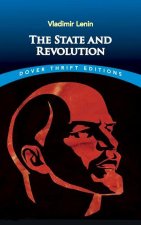
State and Revolution
5.22 € -13 % -

Accidental Superpower
18.09 € -19 % -

My Autobiography
13.56 € -15 % -

Fight Like A Girl
12.26 € -14 % -
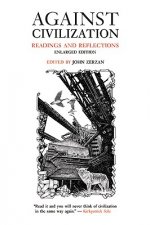
Against Civilization
16.98 € -

Abaddon Ascending: The Ancient Conspiracy at the Center of CERN's Most Secretive Mission
28.05 € -
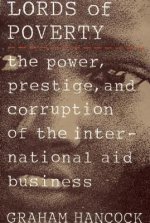
The Lords of Poverty: The Power, Prestige, and Corruption of the International Aid Business
14.37 € -15 % -

Politics
51.68 € -5 % -
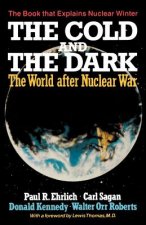
Cold and the Dark
20.30 € -10 % -

Voices from the Contemporary Japanese Feminist Movement
57.61 € -
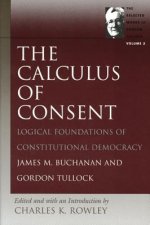
Calculus of Consent
17.08 € -

Mafia Monograph, Part 1 of 4
21.61 € -

Harm Reduction or Harm Maintenance
31.74 € -
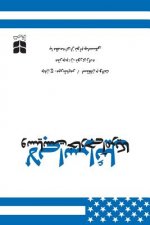
Israel Lobby and U. S. Foreign Policy
38.50 € -
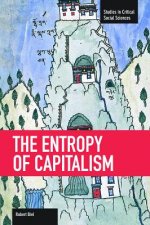
Entropy Of Capitalism
46.15 € -

Red Petrograd
20.10 € -
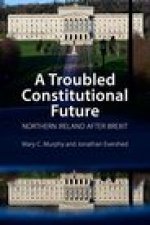
Troubled Constitutional Future
28.15 € -
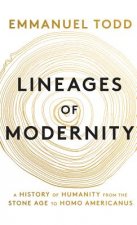
Lineages of Modernity - A History of Humanity from the Stone Age to Homo Americanus
44.64 € -

Inventing Vietnam
40.61 € -9 % -
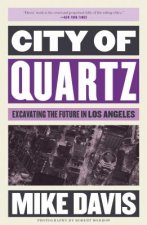
City of Quartz
15.68 € -14 % -
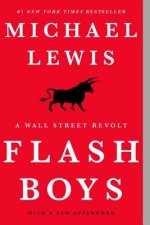
Flash Boys - A Wall Street Revolt
12.86 € -

Lee Kuan Yew
19.60 € -10 % -
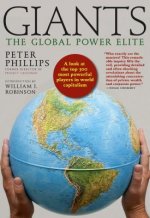
Giants
24.12 € -

Children of the Matrix
17.99 € -15 % -

Queer Encounters with Communist Power
21.91 € -5 % -
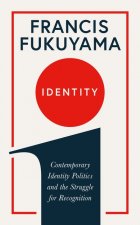
Identity
12.06 € -22 % -
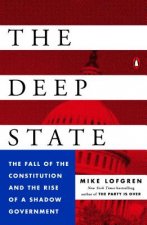
Deep State
16.88 € -15 % -
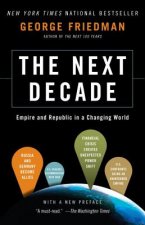
Next Decade
17.89 € -20 % -
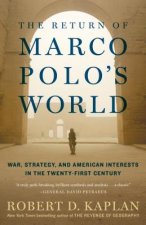
Return of Marco Polo's World
15.27 € -20 % -
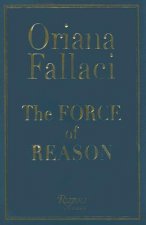
Force of Reason
24.12 € -
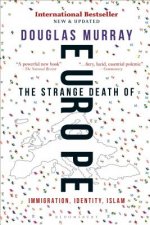
STRANGE DEATH OF EUROPE
20.91 € -

Political Science For Dummies
18.69 € -30 % -

Yoga of Eating
12.76 € -14 % -
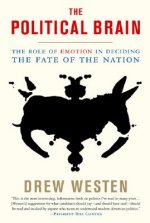
Political Brain
15.17 € -23 % -
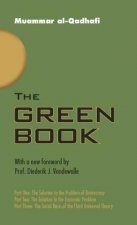
GREEN BOOK
7.73 € -23 % -

Politics: A Very Short Introduction
9.95 € -22 % -
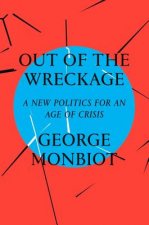
Out of the Wreckage
17.99 € -15 % -

No Turning Back
12.06 € -22 % -

Urban Warfare in the Twenty-First Century
26.84 € -5 % -

Trade Marketing, Category Management, and Shopper Marketing
91.70 € -
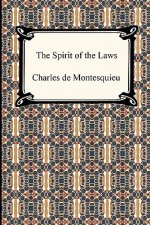
Spirit of the Laws
24.63 € -

USAF Military Working Dog Program - Scholar's Choice Edition
29.50 € -
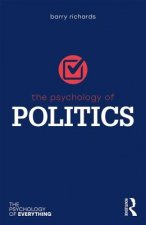
Psychology of Politics
23.22 € -
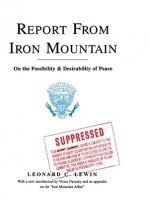
Report From Iron Mountain
15.58 € -

Lies My Teacher Told Me
23.52 € -15 % -

Liberalism and Its Critics
35.39 €
Osobný odber Bratislava a 2642 dalších
Copyright ©2008-24 najlacnejsie-knihy.sk Všetky práva vyhradenéSúkromieCookies



 21 miliónov titulov
21 miliónov titulov Vrátenie do mesiaca
Vrátenie do mesiaca 02/210 210 99 (8-15.30h)
02/210 210 99 (8-15.30h)